Teacher efficacy refers to a teacher’s belief that you can make a difference. “Among teacher qualities that contribute to success with students, teacher efficacy has been shown to be one of the most powerful” according to Thomas R. Guskey drawing on research by Kim & Seo.
Teacher efficacy – the belief that you can make a difference – is Carol Dweck’s “growth mindset” by another name: “your basic qualities are things you can cultivate through your efforts… everyone can change and grow through application and experience.” Teacher efficacy is Albert Bandura’s “agency” by another name: “To be an agent is to intentionally make things happen by one’s actions. Agency embodies the endowments, belief systems, self-regulatory capabilities, and distributed structures and functions through which personal influence is exercised.”
What is being advocated here, is that a teacher’s self-belief in his/her ability to make a measurable difference to outcomes for Māori learners will generate the effort and motivation to keep learning new strategies and new knowledge – and in this instance, a new language and a different world view – which in turn will impact positively upon teacher performance…
… to see more visit SLEUTH™ Field 10, Section 5.
Visit SLEUTH™ to read more on how Teaching Māori Learners (ākonga): Teacher Efficacy with Te Reo & Te Ao Māori skills can help grow your pedagogy and your learners outcomes.

SLEUTH™ ‘Quick Solutions’
Use te reo whenever possible
Incorporate te reo into your everyday vocabulary.
Examples include, but are not limited to:
- Using Māori greetings (e.g. kia ora for hello)
- English nouns with Māori equivalents (e.g. kai for food)
- Offering praise in Māori (e.g. kapai for good work)
- Referring to desired behaviours in Māori (e.g. turituri for too noisy)
- Referring to numbers, times, dates and months in Māori
- Correctly pronouncing names & places in Māori
- Using common phrases when giving directions (e.g.haere mai for come towards me)
Use tikanga in the classroom
By using tikanga in the classroom, such as mihi, pepeha, waiata, and karakia, teachers support learners to connect with their identity as Māori, therefore you build a strong foundation for well-being and achievement.
Teach the why
Because your classroom is likely to have a variety of cultures and ethnicities represented within it, it is important that all learners understand why te reo and tikanga are given an emphasis in your classroom, therefore explicitly teach them about the significant place that Māori culture has in Aotearoa New Zealand due to indigeneity of Māori and Tiriti o Waitangi.
These are 3 of 11 Quick Find Solutions available on SLEUTH™ in the area of Teaching Māori Learners (ākonga): Teacher Efficacy with Te Reo & Te Ao Māori

